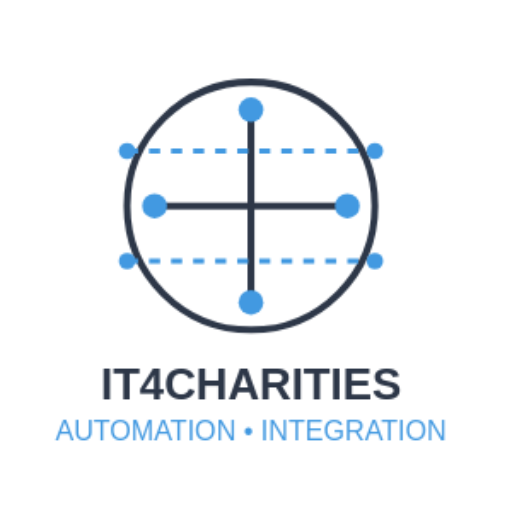Integrating Systems for Nonprofit Success
Integrating Systems for Nonprofit Success
Explore how proper system integration can dramatically improve the operations of charitable organizations by connecting disparate functions like donor management, finance, and impact tracking, leading to enhanced efficiency and effectiveness.
The Need for System Integration
Running a successful charity often involves juggling multiple systems that manage operations such as donor management, finance, and impact tracking. However, when these systems operate in silos, it creates friction and inefficiencies. We need to recognize the pivotal advantage of system integration, which connects these disparate functions. This leads to seamless data flow, reduces redundancy, and enhances our ability to make informed decisions.
Tools for Integration
- Use of CRM platforms that offer built-in integration capabilities.
- Adopting middleware solutions that allow different software applications to communicate effectively.
- Implement cloud-based tools that provide a centralized data repository for real-time updates.
Case Studies
Consider a charity that implemented an integrated system linking its donor management software with finance applications. This integration reduced manual entry time by over 30% and allowed the staff to focus more on mission-critical activities. Another notable example is a nonprofit who integrated impact tracking with their CRM, leading to more personalized donor engagement and increased retention rates.
Steps for Implementation
- Conduct a needs assessment to identify which systems require integration.
- Choose a flexible platform that supports diverse applications.
- Engage with stakeholders to ensure alignment of goals across the organization.
Call to action text
Q&A: Comment on this post or message me your questions here and I’ll get back to you with answers
“`

